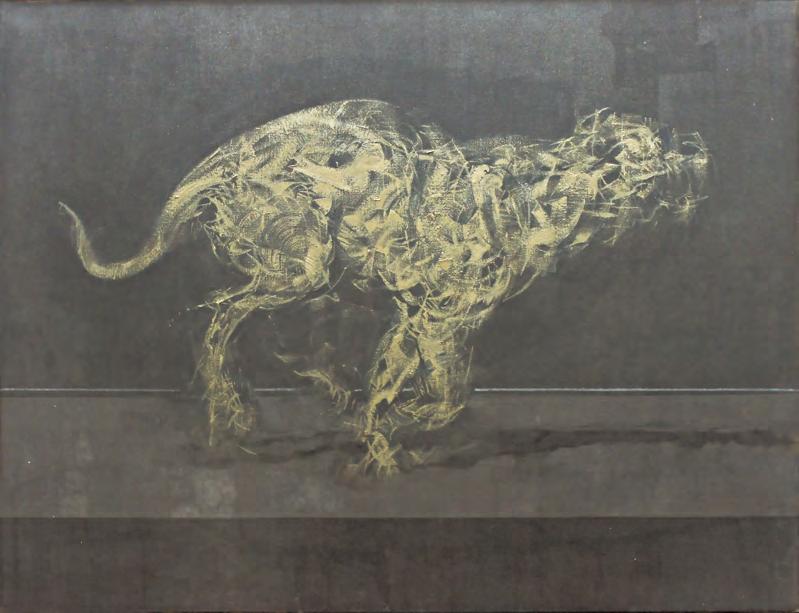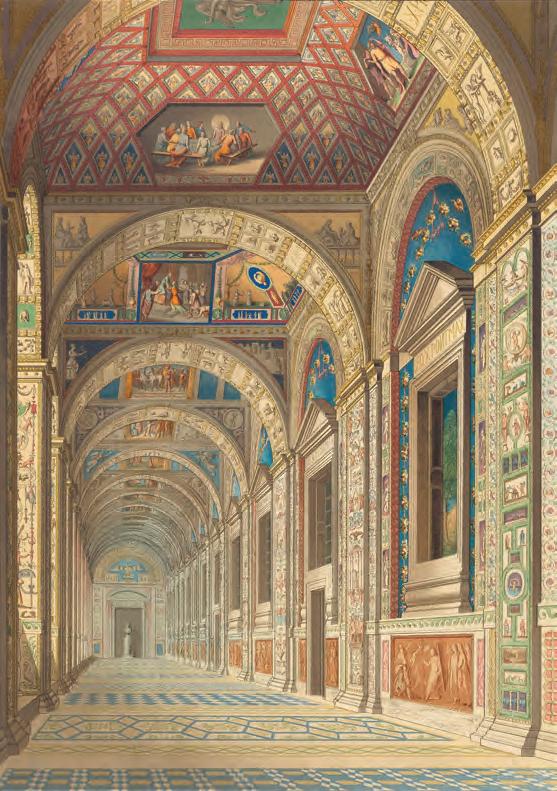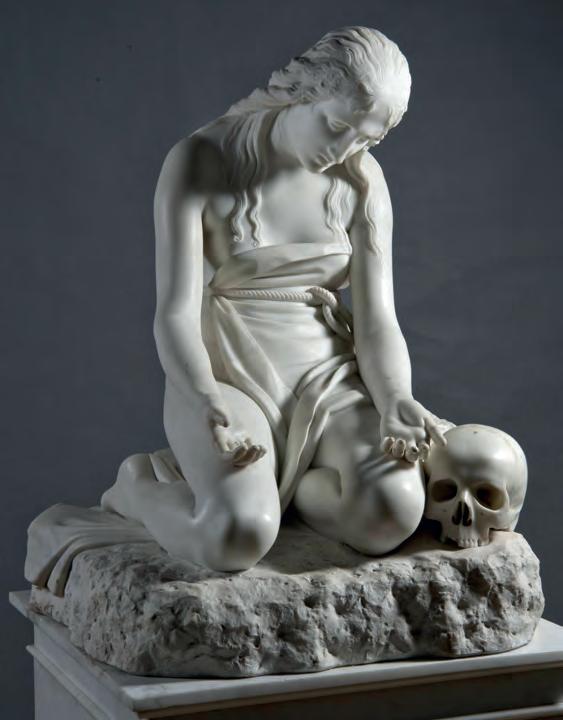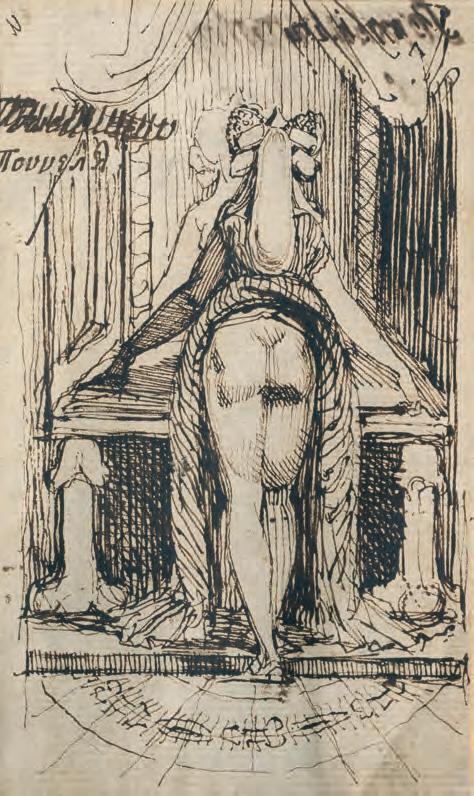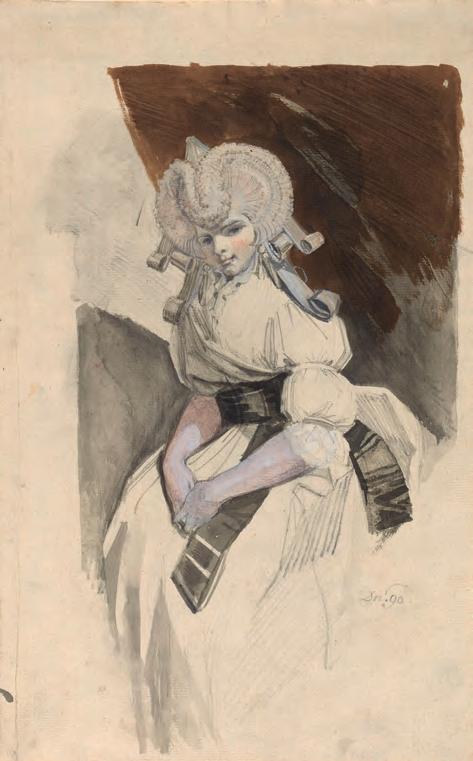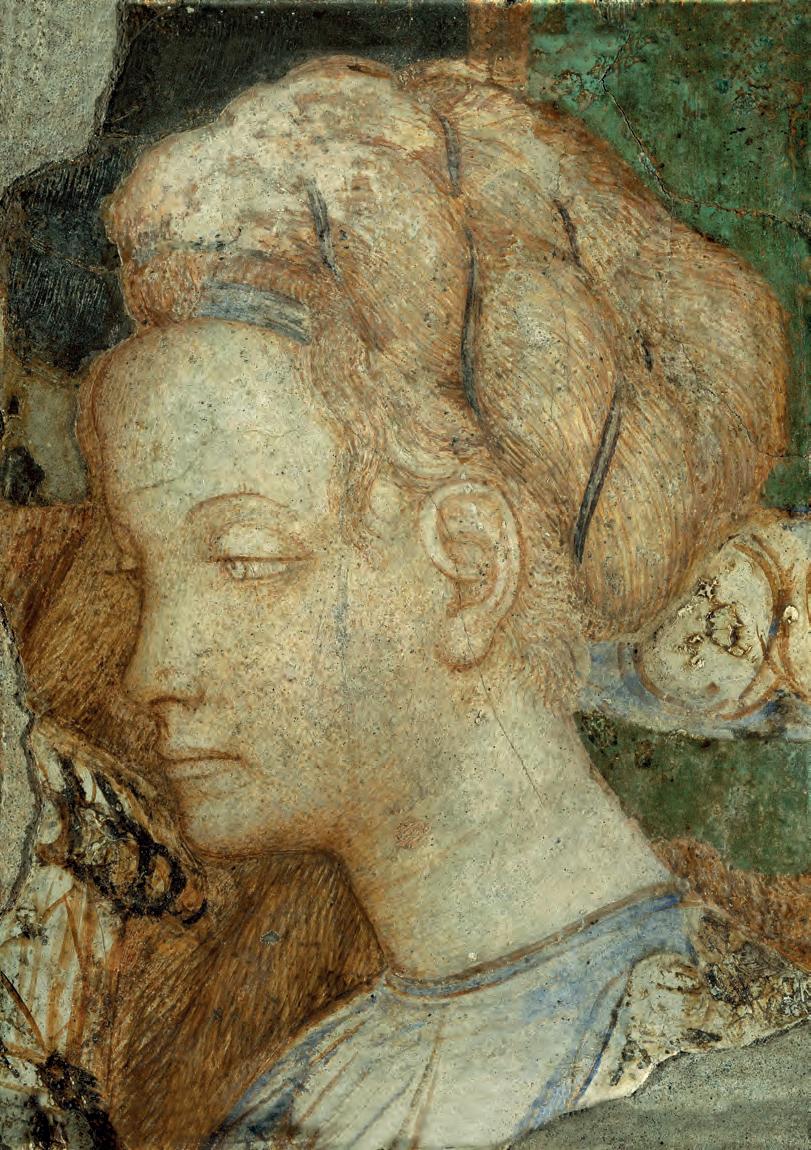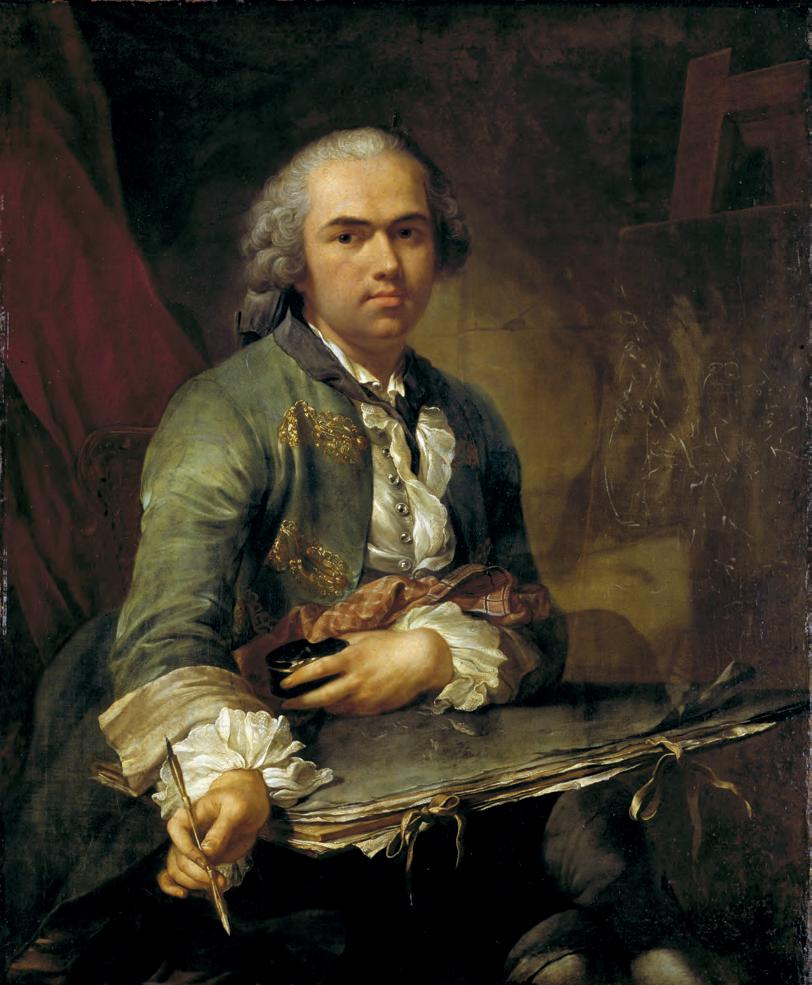
4 minute read
Artemisia Gentileschi and Feminism in Early Modern Europe, M.D. Garrard by babette bohn
Bacon. For example, the dates of many of his works, especially those found in the studio, are unknown. Conclusive dating of them would not only give us a better understanding of WirthMiller’s development as an artist, but could also help establish the direction of influence between him and Bacon. The same applies to Wirth-Miller’s underexplored working methods and their relationship to his iconography, exemplified by his collection of source material, consisting of books, magazines and loose pages torn from a range of such publications, some of which are included in the exhibition.
Overall, Denis Wirth-Miller: Landscapes and Beasts is a success in providing a well-deserved platform for a gifted, but largely forgotten artist. Putting such an emphasis on the relationship with Bacon, however, is a double-edged sword. Establishing any connection with the infinitely more famous, popular, expensive and critically acclaimed Bacon is guaranteed to attract attention, but risks that this attention will be directed at such aspects of Wirth-Miller’s life and art alone. Searching for parallels to Bacon distracts from studying and appreciating Wirth-Miller’s work in its own right. Due to their obvious similarities, contemporaneous criticism assessed Wirth-Miller’s dog paintings in comparison to Bacon’s, and David Sylvester criticised them as derivative and inferior in quality.6 It appears that even posthumously and as the subtitle of Turner’s biography of Wirth-Miller and Chopping – In Francis Bacon’s Shadow – suggests, there cannot be any Wirth-Miller without Bacon. In this sense, the exhibition is a missed opportunity to let Wirth-Miller step into the light.
Advertisement
1 Catalogue: Denis Wirth-Miller: Landscapes and Beasts. By James Birch, Andrew Wilson, Rachel Joyce and Jon Lys Turner. 120 pp. incl. 113 col. ills. (Firstsite, Colchester, 2022), £20. ISBN 978–0–948252–49–5. 2 J.L. Turner: The Visitors’ Book. In Francis Bacon’s Shadow: The Lives of Richard Chopping and Denis Wirth-Miller, London 2016. 3 See S. Shaw: ‘Foreword’, in op. cit. (note 1), pp.7–8, esp. p.7. 4 Reviewed by Rebecca Daniels in this Magazine, 164 (2022), pp.399–401. 5 R. Alley and J. Rothenstein: Francis Bacon: Catalogue Raisonné and Documentation, London 1964, pp.58–59. 6 See D. Sylvester: ‘Round the London galleries’, The Listener (17th May 1956), p.648.
Vor Dürer: Kupferstich wird Kunst
Städel Museum, Frankfurt 28th September 2022– 22nd January 2023
by armin kunz
‘The Städel’s rich holdings can hardly be counted among the smaller collections’, emphasised Max Lehrs in his survey of fifteenth-century German and Netherlandish prints in smaller collections, which was published in forty-two instalments in the Repertorium für Kunstwissenschaft between 1888 and 1894.1 Given that the Städel Museum, Frankfurt, founded as the Städelsches Kunstinstitut in 1815 and one of the few private museums in Germany, easily counts among the country’s best and most respected in terms of both the quality and range of its collections, it is surprising that Lehrs included the Städel in his survey. Yet Lehrs was focusing on works of which few museums can claim large holdings. In fact, early prints were already rare and sought after during the lifetime of Albrecht Dürer (1471–1528), whose graphic œuvre marked the end of the first century of this new artistic medium. More than 130 years after Lehrs’s publication, the exhibition under review presents 120 prints (and one drawing) from this period, a little less than half of the Städel’s total of 260 early Northern engravings. It has been judiciously organised by Martin Sonnabend, the recently retired curator and head of the Städel’s graphic collection up to 1750.
On entering the exhibition, the visitor first encounters Dürer’s engraving Adam and Eve (the Fall of Man) (1504; cat. no.121). It is presented here as the culmination of the development referred to in the exhibition’s subtitle: how the new technique of repeatedly impressing inked-up images engraved on copper plates onto sheets of paper became perfected and was ultimately recognised as an art form. In the sections that follow Sonnabend presents his material along a more or less chronological timeline, beginning with the earliest work on show, a depiction of St Wolfgang made by an anonymous printmaker c.1440–60 (no.1). Although the image appears to have been printed from a highly worn plate, its somewhat faint lines suggest that it was in fact produced without the use of a press, which may have been typical of the earliest printed images. Gold- and silversmiths, in whose workshop the technique originated, quickly learned to employ roller presses, to engrave the lines sufficiently deeply and to prepare inks with the right balance of fluidity and tackiness to sit sharply on the paper’s surface and not dissolve along the edge of the line.
In the exhibition, eleven prints by Master ES (active c.1440/50–c.1467; nos.8–18) represent this next phase. It remains unclear whether the letters ‘E’ or ‘ES’, which appear on eighteen of the plates attributed to the same hand on stylistic grounds, refer to the name of the maker in the same way that the monograms ‘MS’ and ‘AD’ later did in the case of Martin Schongauer (c.1445–91) and Dürer. The identity of Master ES, who was active in the Upper Rhine region, remains therefore enigmatic yet his oeuvre comprises nearly 320 prints,
4. Samson and Delilah, by Mair von Landshut. c.1500. Engraving with heightening in various colours on prepared paper, 22.8 by 27.1 cm. (Städel Museum, Frankfurt).


